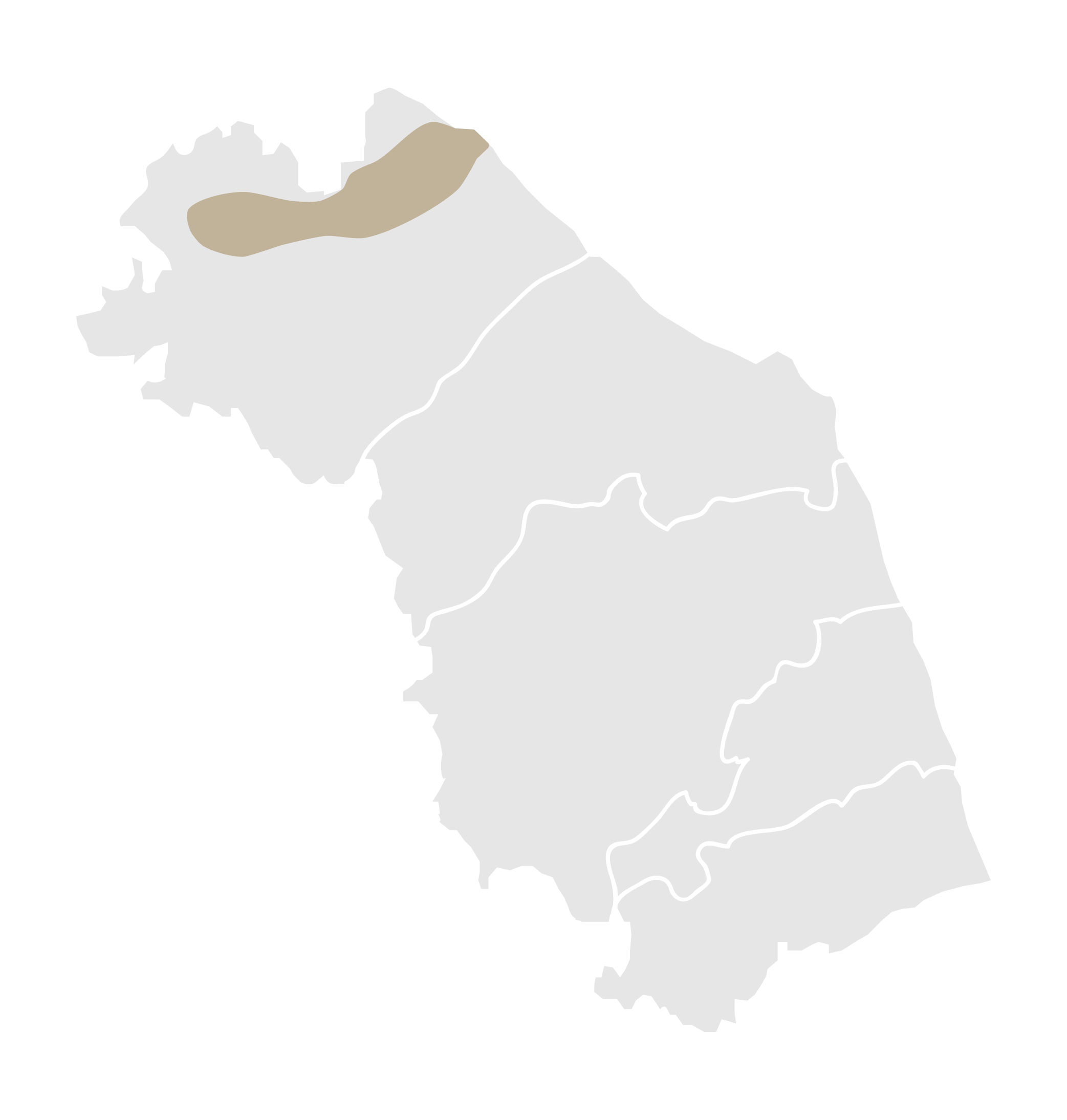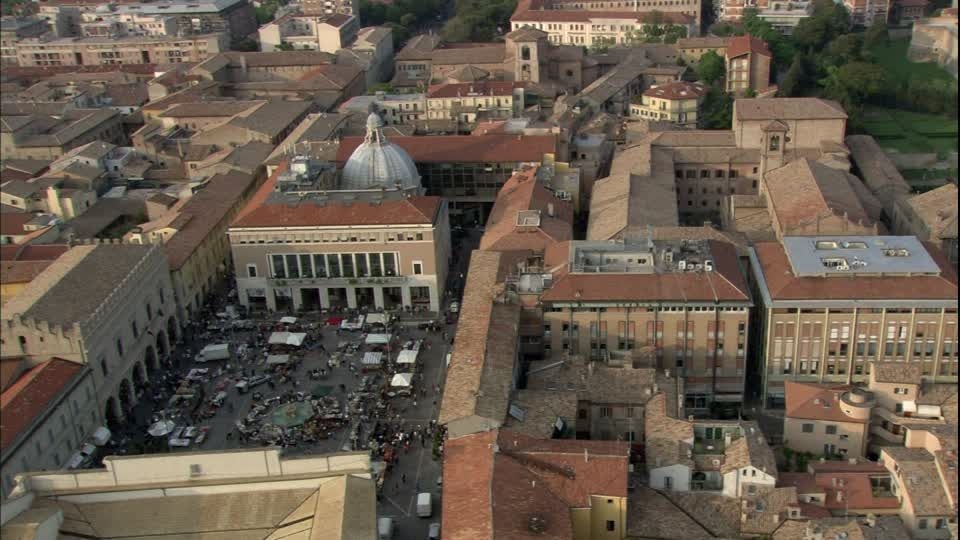
Situated on an alluvial plain, in a stretch of coast between the mouth of the Pisaurus River, now called Foglia, and the Genica stream, the city of Pesaro boasts ancient origins. Inhabited by the Picene population since the 6th century BC, there remain the alluvial stone foundations of a hut whose upper level must have been made of perishable materials and which was covered in large tiles. There were numerous commercial contacts with the Greek world and with the emporia of Adria and Spina, as evidenced by the ceramic finds. The settlement was likely active until the beginning of the 4th c. BC, when the Adriatic area was affected by the migratory movements of the Senones, who settled in the Marche territories north of the Esino River. Founded in 184 BC, the colony of Pisaurum was already frequented by Romans, probably organized in a small aggregate known as conciliabulum, following the Battle of the Nations of 295 BC, which gave way to the Roman colonization of the middle Adriatic region and to the opening of the Via Flaminia in 220 BC. In support of this hypothesis is the existence of Lucus Pisaurensis, an open air sanctuary that has revealed many votive objects and numerous memorial stones, sometimes engraved, and was in use at least since the end of the 3rd c. BC. In 41 BC, the city was again founded by the triumvirs with the name Colonia Iulia Felix Pisaurum. There are numerous attestations of the Roman phase of the city, although to date these do not allow a precise reconstruction of the urban layout. The city has continued being lived in through the present day, with the main road axes, the Decumanus Maximus and the Cardo Maximus, recognizable in the streets currently named Corso XI Settembre-Via S. Francesco and Via Branca-Via Rossini. The archaeological testimonies consist of some remains of the city walls, many mosaic floorings and epigraphs which document the liveliness and prosperity of the city at least until the end of the 3rd c. AC, when there began a progressive decline. Conquered by the Byzantines, it became part of the Maritime Pentapolis with Rimini, Fano, Senigallia and Ancona.
We have found no place to eat in the vicinity
We have found no place to sleep in the vicinity
Da Pesaro a San Benedetto del Tronto, lungo la costa Adriatica, alla scoperta dei principali porti e approdi frequentati dall’età del bronzo a oggi. Alla foce di fiumi e torrenti, entro piccole baie, promontori e grandi insenature, si svilupparono nell’antichità porti, porti canale, empori o semplici approdi. Questi scali furono il fulcro di una fitta rete di commerci marittimi che hanno dato vita a un intenso dialogo tra oriente e occidente, testimoniato dai ritrovamenti di reperti provenienti da tutto il bacino del Mediterraneo.

|
Address | Piazza del Popolo 1 Pesaro |

|
Viabilities | Flaminia |

